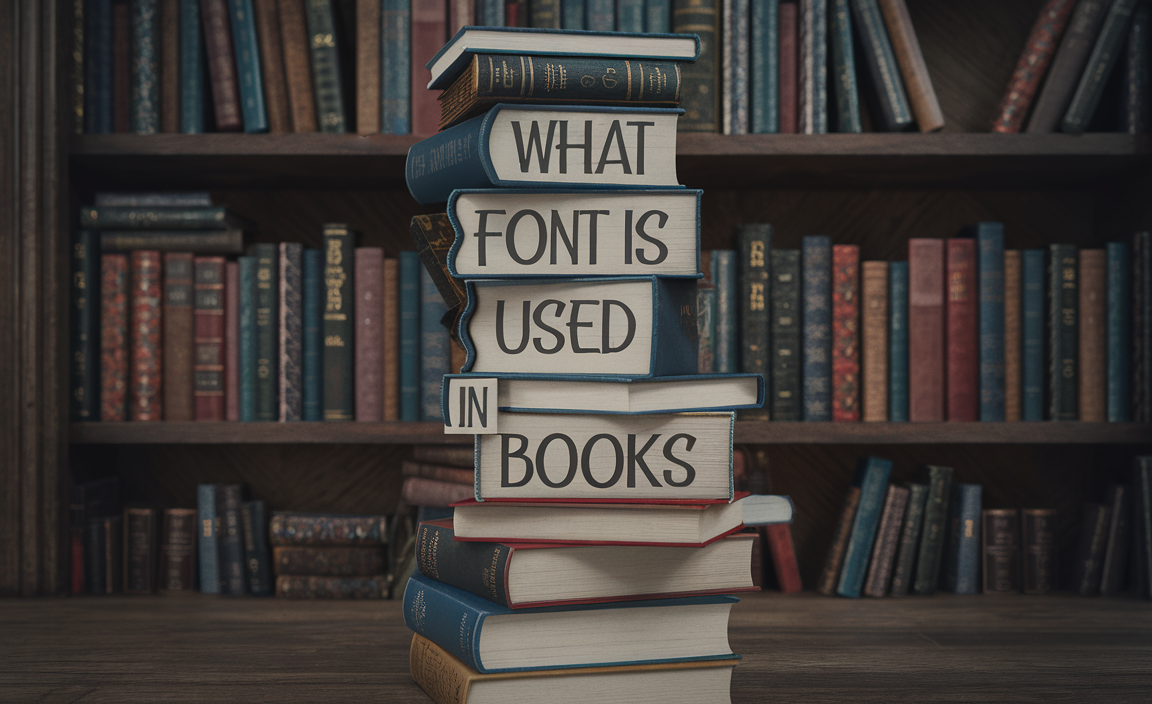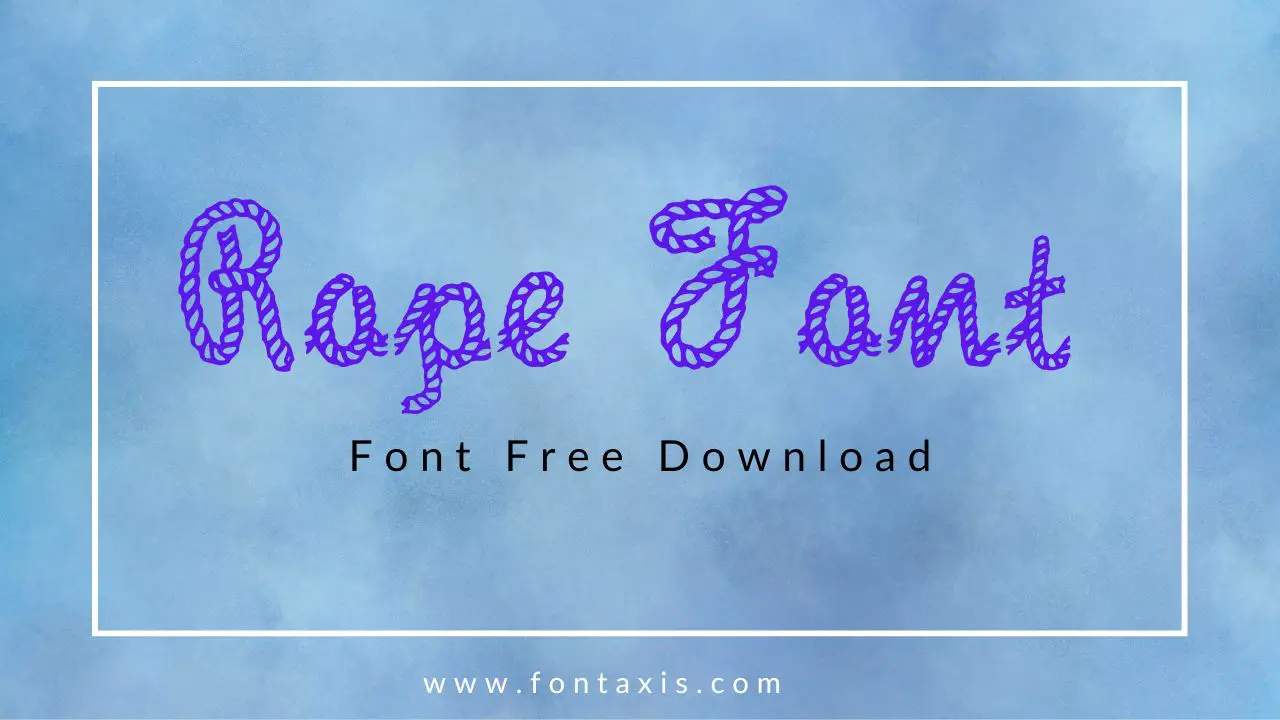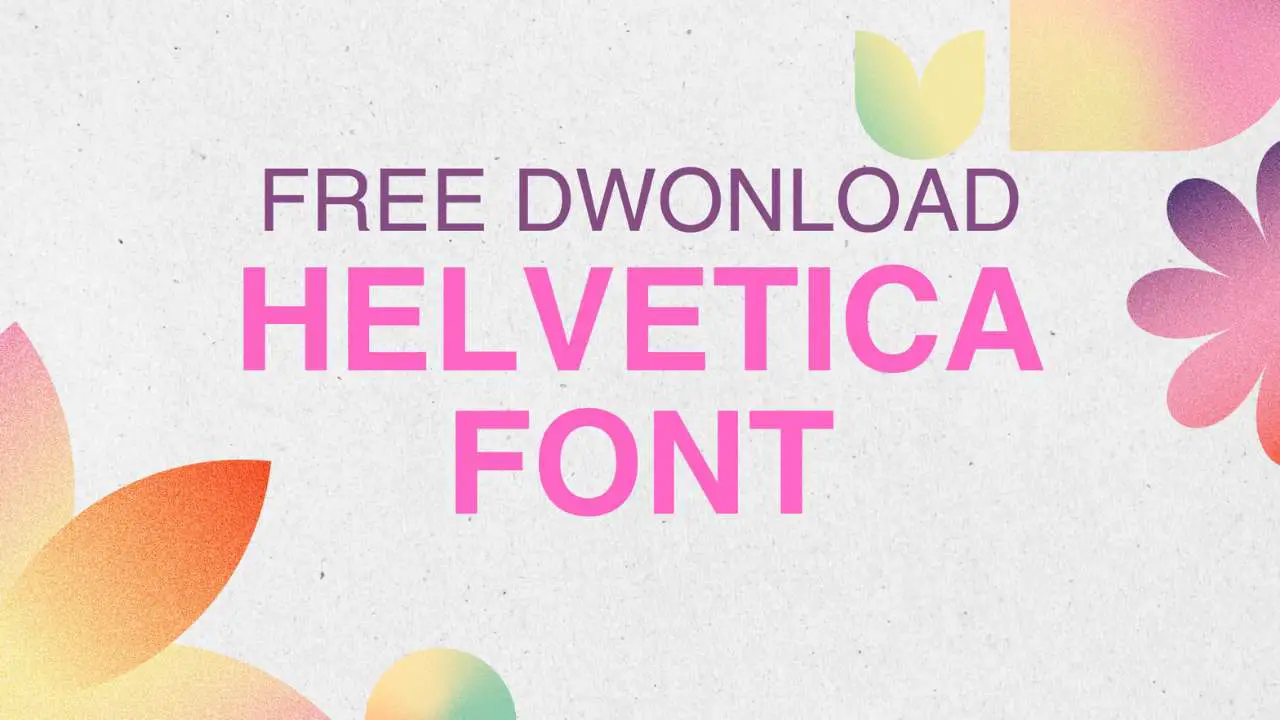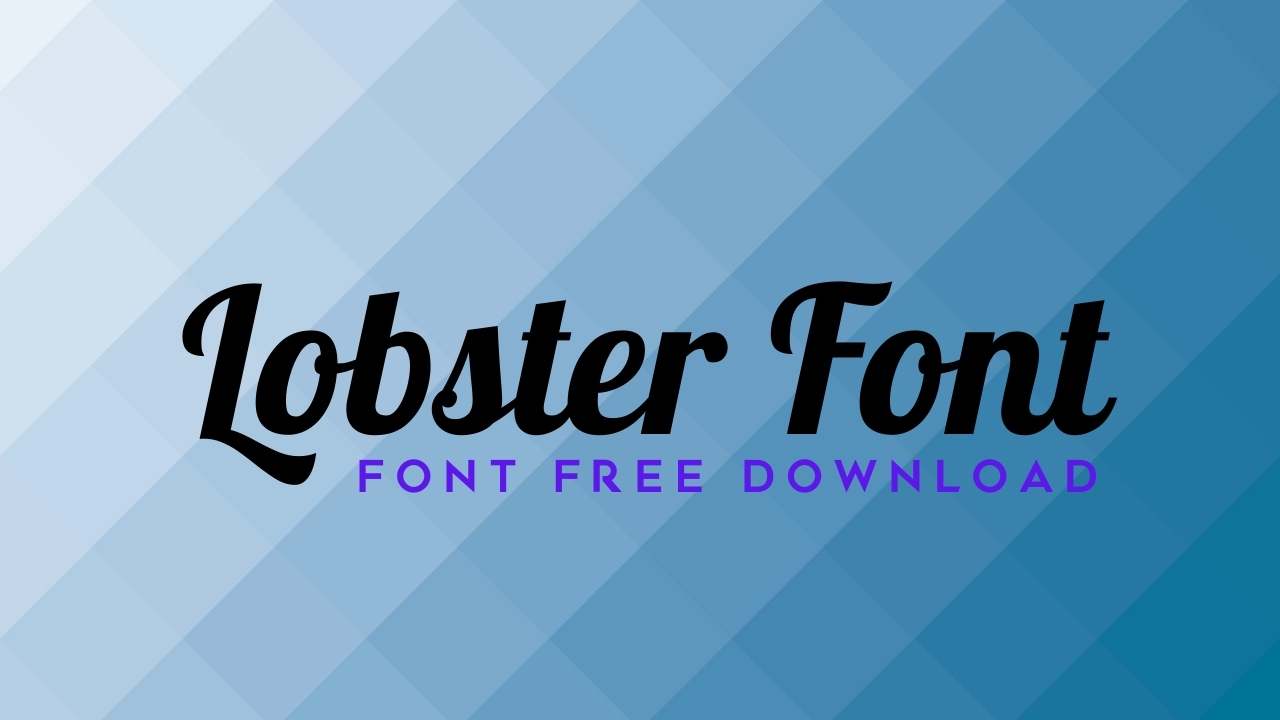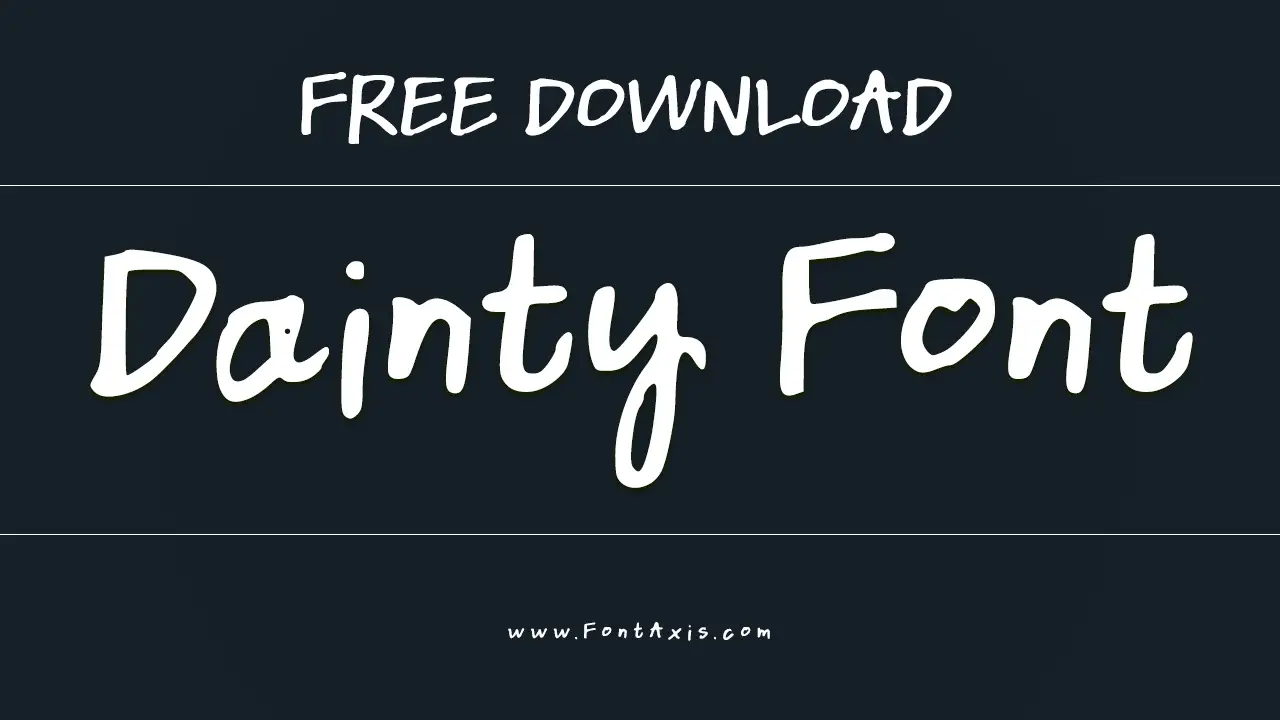The Alibris logo font is a clean, modern sans-serif that contributes to its user-friendly online presence. While the exact font isn’t publicly disclosed, its style is approachable and highly readable, typical of fonts that prioritize clarity and accessibility in digital spaces.
Finding the perfect font for your brand is like choosing a signature style for your business. It needs to be clear, memorable, and reflect what you’re all about. For Alibris, a beloved online bookstore, their logo font plays a crucial role in this. It’s the first visual cue many people get, and it needs to feel just right. If you’ve ever wondered what makes the Alibris logo look so clean and inviting, you’re in the right place! We’ll explore the characteristics of their chosen typeface and how you can apply similar principles to your own branding.
Understanding the Alibris Logo Font
While Alibris hasn’t officially named the specific font used in their logo, by looking at it, we can deduce its essential characteristics. The Alibris logo font is a sans-serif typeface. This means it lacks the small decorative strokes (serifs) at the ends of letterforms that you see in fonts like Times New Roman.
Here’s a breakdown of its key features:
Sans-Serif Style: This is the most prominent characteristic. Sans-serif fonts are generally perceived as modern, clean, and minimalist. They often feel more approachable and friendly than serif fonts.
Geometric and Open Forms: The letters appear to have simple, geometric shapes with a good amount of open space within them. This contributes to excellent readability, even at smaller sizes or when viewed on different screens.
Consistent Stroke Weight: The thickness of the lines forming the letters is relatively uniform. This consistency adds to the clean and balanced look of the logo.
Clear and Legible: The primary goal of any brand’s primary typeface is legibility. The Alibris logo font excels at this, ensuring the brand name is instantly recognizable.
Slightly Rounded Edges (Possible subtle detail): Some observation suggests very subtle rounding on the edges of certain letters. This can further enhance the friendly and accessible feel.
These qualities combine to create a logo that is both professional and welcoming, perfectly suiting an online platform for buying and selling books.
Why Font Choice Matters for Brands
Your brand’s font is more than just letters on a page; it’s a silent communicator. It conveys personality, tone, and values. Choosing the right font can:
Build Brand Recognition: A distinctive font helps your brand stand out and become easily identifiable. Think of Coca-Cola’s iconic script or Google’s playful sans-serif.
Communicate Personality: Is your brand serious and authoritative, or playful and creative? Your font choice can signal this immediately.
Enhance Readability: Especially important for websites and digital content, a readable font ensures your message is easily understood. The U.S. Government Printing Office style manual emphasizes that legibility is a primary concern for clear communication.
Evoke Emotion: Different fonts can make people feel different things. A bold slab-serif might feel strong and dependable, while a thin, light sans-serif might feel elegant and sophisticated.
Establish Professionalism: A well-chosen, consistent set of fonts signals attention to detail and a professional approach to your business.
Exploring Sans-Serif Fonts: The Alibris Approach
The sans-serif category is vast, offering a huge range of styles. The Alibris logo font sits within the more neutral and humanist sans-serif families. These fonts often blend geometric construction with organic, calligraphic influences, resulting in typefaces that are both modern and warm.
Let’s look at common types of sans-serif fonts and how they might compare:
Geometric Sans-Serifs: These are built upon simple geometric shapes like circles and straight lines (e.g., Futura, Montserrat). They often have a very clean, minimalist, and modern feel.
Grotesque/Gothic Sans-Serifs: These were among the earliest sans-serifs and are characterized by simple, somewhat rigid letterforms (e.g., Akzidenz-Grotesk, Helvetica). They are often seen as robust and neutral.
Humanist Sans-Serifs: These fonts have a more organic feel, often inspired by handwriting, with variations in stroke width and more open letterforms (e.g., Open Sans, Lato, Gill Sans). They tend to be very readable and friendly.
The Alibris logo font leans towards the humanist or a very clean geometric sans-serif. Its readability and inviting appearance suggest it prioritizes a user-friendly experience, characteristic of good web design principles. For more on web-friendly fonts, resources like Google Fonts offer a wealth of highly legible options.
How to Choose a Font Like Alibris for Your Brand
If you admire the clean, accessible style of the Alibris logo font and want to achieve a similar effect for your own brand, here’s a step-by-step guide:
Step 1: Define Your Brand’s Personality
Before diving into font libraries, think about your brand.
Are you playful and energetic?
Are you sophisticated and elegant?
Are you reliable and trustworthy?
Are you modern and innovative?
Your brand’s personality should guide your font selection.
Step 2: Consider Your Target Audience
Who are you trying to reach?
Younger audiences might respond to more contemporary or bold fonts.
Professional clients might prefer classic, readable typefaces.
A broad audience needs fonts that are universally understood and easy to read.
Step 3: Explore Sans-Serif Options
Since the Alibris logo uses a sans-serif, this is a great starting point for a clean and modern look. Websites like Google Fonts offer thousands of free, high-quality sans-serif fonts that you can test.
Here are a few examples of sans-serif fonts that share characteristics with the Alibris logo font and are excellent for branding:
Montserrat: A popular geometric sans-serif inspired by old posters and signs from the Montserrat neighborhood in Buenos Aires. It’s versatile and has a strong, friendly presence.
Open Sans: A highly legible humanist sans-serif, optimized for web and mobile interfaces. It’s known for its friendly and open feel.
Lato: Another humanist sans-serif that feels warm and stable. It has a semi-rounded feel that makes it very approachable.
Poppins: A geometric sans-serif inspired by early 20th-century geometric typefaces. It has a clean, modern aesthetic with a friendly vibe.
Nunito / Nunito Sans: A well-balanced sans-serif with rounded terminals, giving it a very soft and friendly appearance. It’s great for headlines and body text.
Step 4: Prioritize Readability
This is crucial. A font might look beautiful in a large logo, but if it’s difficult to read in a paragraph of text or on a mobile screen, it’s not the right choice for your primary brand font. Ensure your chosen font is clear at various sizes.
Step 5: Test Your Font in Context
Once you have a few contenders, try them out!
Create a mockup of your logo with the font.
Write a sample sentence or paragraph in the font.
See how it looks on different devices (desktop, tablet, mobile).
Step 6: Consider Font Pairings
Often, you’ll need more than one font for your brand – one for headings and one for body text. For a clean and modern look like Alibris, pairing a distinctive sans-serif for headings with a highly readable sans-serif or a simple serif for body text often works well.
Example Pairing Table:
| Heading Font | Body Text Font | Personality of Pairing | Best For |
| :————– | :————- | :———————————- | :————————————– |
| Montserrat | Open Sans | Modern, Clear, Trustworthy | Websites, Blogs, Corporate Materials |
| Poppins (Bold) | Lato (Light) | Lively, Accessible, Contemporary | Social Media, Marketing, E-commerce |
| Nunito Sans | Roboto Slab | Friendly, Approachable, Grounded | Educational Content, Community Sites |
| Raleway (Light) | Source Sans Pro| Elegant, Refined, Professional | Luxury Brands, Design Portfolios |
Tip: When pairing, ensure the fonts have different but complementary characteristics. For instance, a bold sans-serif for headlines can pair well with a lighter-weight, more traditional serif for body text, or two sans-serifs with different weights and structures can also create harmony. Avoid using two fonts that are too similar, as they might compete rather than complement.
Step 7: Check Licensing
If you’re using fonts from platforms like Google Fonts, they are usually free for commercial use under open-source licenses. However, if you’re exploring premium font foundries, always check the licensing terms to ensure you can use the font for your brand’s logo and marketing materials.
Beyond the Logo: Using Fonts Consistently
Once you’ve selected your brand fonts, consistency is key! Use them across all your platforms:
Website: For headings, body text, buttons, and navigation.
Social Media: In graphics, posts, and profile information.
Marketing Materials: Brochures, flyers, business cards.
Documents: Reports, presentations, email signatures.
This consistent application reinforces your brand identity and builds professional credibility. A well-defined style guide is invaluable for maintaining this consistency.
The Impact of Font on User Experience
The visual appeal of a website or app is heavily influenced by its typography. A cluttered or hard-to-read font can frustrate users and drive them away. Conversely, a well-chosen font enhances user experience (UX) by making content:
Easy to scan: Users can quickly find the information they need.
Pleasant to read: Extended periods of reading are comfortable.
Visually appealing: The overall aesthetic is professional and engaging.
Companies like Alibris, which rely heavily on user engagement for their online business, understand this implicitly. Their choice of a clear, approachable font contributes to a positive and seamless browsing and shopping experience. For more on UX design principles, the Nielsen Norman Group is a fantastic resource for research-backed insights.
Conclusion
While we may not know the exact name of the font gracing the Alibris logo, its design principles are clear and achievable for any brand. By choosing a clean, readable sans-serif font that aligns with your brand’s personality and target audience, you can create a strong visual identity that resonates with your customers. Remember to prioritize legibility, test your choices, and maintain consistency across all your platforms. A well-chosen font is one of the most powerful, yet often overlooked, tools in your branding arsenal, helping your message shine through with clarity and style. Happy designing!
Frequently Asked Questions (FAQ)
What type of font is typically used for modern E-commerce logos?
Modern e-commerce logos often use sans-serif fonts. These fonts are perceived as clean, minimalist, and highly readable, which is crucial for digital platforms where clarity and a user-friendly experience are paramount. Think of brands like Amazon, eBay, or ASOS – they all employ sans-serif typefaces.
How can I identify a font used in a logo if it’s not publicly stated?
You can use font identification tools like WhatTheFont! or Font Squirrel’s Matcherator. Upload an image of the logo, and these services will analyze the letterforms and suggest similar or identical fonts from their databases. It’s not always 100% accurate but often gets you very close.
Is it important for my brand’s logo font to be unique?
While uniqueness can help with distinctiveness, it’s more important for your logo font to be appropriate for your brand and highly readable. Many successful brands use popular or widely available fonts (often with personalization in weight or spacing) because they effectively communicate their brand message and are accessible. The key consideration is how it fits your brand identity and target audience.
Can I use a different font for my website body text than my logo?
Absolutely! It’s very common and often recommended to have a primary font for your logo and headings, and a secondary font for body text. The goal is to create a harmonious typographic system for your brand. For example, a bold, stylized font might work for a logo, but a highly legible, simpler sans-serif or serif font is usually better for paragraphs to ensure readability.
What’s the difference between a serif and a sans-serif font?
The main difference is the presence or absence of serifs. Serif fonts have small decorative strokes (like little feet or flags) at the ends of the main strokes of letters (e.g., Times New Roman). Sans-serif fonts do not have these strokes (e.g., Arial, Helvetica). Serif fonts are often associated with traditional, classic, or formal styles, while sans-serif fonts are typically seen as modern, clean, and minimalist.
How do I ensure my brand font is legible on mobile devices?
When choosing your brand font, always test its readability at small sizes and on various screen resolutions. Prioritize fonts with clear letterforms, good spacing, and sufficient contrast. Humanist sans-serifs and well-designed geometric sans-serifs are generally excellent choices for mobile legibility. Avoid overly decorative, condensed, or thin fonts for body text on mobile.
Where can I find good free fonts for my brand?
Google Fonts is an excellent resource for high-quality, free, and open-source fonts that are licensed for commercial use. Other reputable sites include Font Squirrel (which also offers font identification tools and curated free fonts) and DaFont (though be careful to check licenses on DaFont as not all fonts are free for commercial use).


